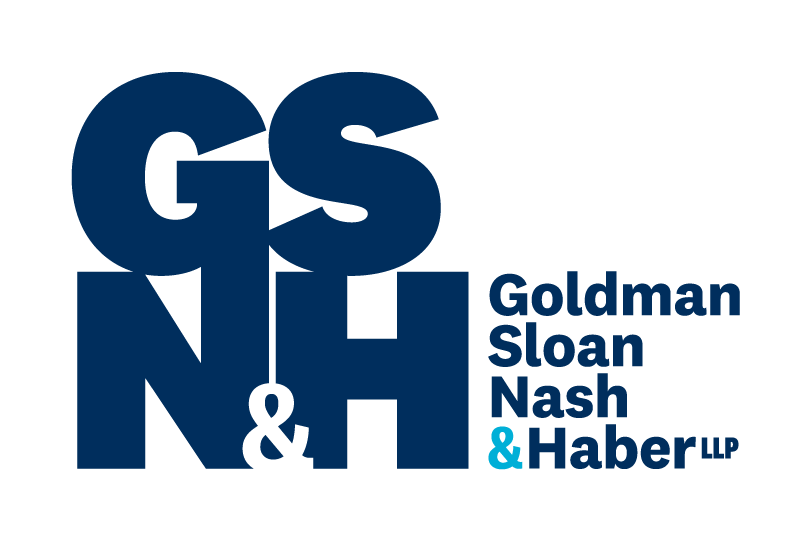
A recent decision of the Supreme Court of the United States found that the section of the Lanham Act that prohibited the registration of trademarks that may disparage any person was unconstitutional.
The Facts
Simon Tam, lead singer of the rock group “The Slants,” chose this trademark in order to “reclaim” the term and drain its denigrating force as a derogatory term for Asian persons. The group “draws inspiration for its lyrics from childhood slurs and mocking nursery rhymes” and has given its albums names such as “The Yellow Album” and “Slanted Eyes, Slanted Hearts”.
Tam sought a U.S. federal registration of the mark “THE SLANTS”. The U.S.Patent and Trademark Office (USPTO) denied the application under a Lanham Act provision prohibiting the registration of trademarks that may “disparage . . . or bring. . . into contempt or disrepute” any “persons, living or dead”.
Tam contested the denial of registration through the administrative appeals process, to no avail. He then took the case to Federal Court, where the en banc Federal Circuit ultimately found the disparagement clause unconstitutional under the First Amendment’s Free Speech Clause.
The U.S. Supreme Court
The U.S. The Government filed a petition for certiorari, which was granted to decide whether the disparagement clause “is facially invalid under the Free Speech Clause of the First Amendment”.
The court referred to the two-part test applied by the USPTO. The examiner first considers the likely meaning in question, considering not only dictionary definitions, but also the relationship of the matter to the other elements in the mark, the nature of the goods or services, and the manner in which the mark is used in the marketplace with the goods or services. If that meaning is found to refer to identifiable persons, institutions, beliefs or national symbols, the examiner moves to the second step, asking whether that meaning may be disparaging to a substantial component of the referenced group.
It was observed that the disparagement test was vague of and the huge volume of applications have produced a haphazard record of enforcement. The principal register is replete with marks that many would regard as disparaging to racial and ethnic groups. The Court said that registration of the offensive marks was likely attributable most likely to the regrettable attitudes and sensibilities of the times in question.
Ultimately the Court agreed with the courts below that the disparagement section was unconstitutional under the U.S. Free Speech Clause of the First Amendment.
The Canadian Position
Paragraph 9(1)(j) of the Trademarks Act prohibits the adoption, which includes use and application for registration of any scandalous, obscene, or immoral word or device in connection with a business as a trademark or otherwise. There are only a few cases that have considered the subsection. They suggest that in applying the paragraph the critical issue is to determine what are the current acceptable standards and what would be scandalous, obscene, or immoral to “by some people by no means few in number”.
It also remains to be seen whether the paragraph is in breach of the Canadian Charter of Rights and Freedom.
Like the situation in the U.S. the application of the paragraph over the years has been inconsistent.
Comment
Some commentators are not happy with the situation in the U.S. since any questionable mark can now be registered. In Canada we are left with inconsistent application of the paragraph of the Trademarks Act. Both are problematic.
John S. McKeown
Goldman Sloan Nash & Haber LLP
480 University Avenue, Suite 1600
Toronto, Ontario M5G 1V2
Direct Line: (416) 597-3371
Fax: (416) 597-3370
Email: mckeown@gsnh.com
These comments are of a general nature and not intended to provide legal advice as individual situations will differ and should be discussed with a lawyer.
©2017 John S. McKeown
All rights reserved.
